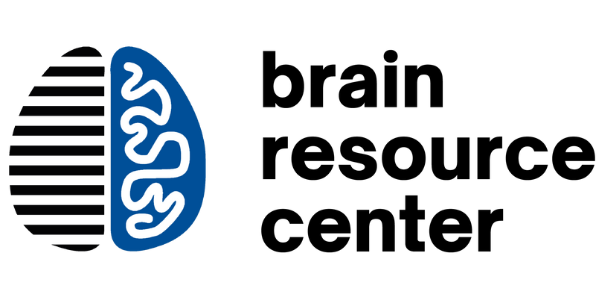Learning Disabilities Neurofeedback Research
-
Becerra J., Fernandez T., Harmony T., Caballero MI., Garcia F., Fernandez Bouzas A., Santiago-Rodriguez E., Prado-Alcalá RA. (2006) "Followup study of Learning Disabled children treated with Neurofeedback or placebo." Clinical EEG & Neuroscience, 37 (3), 198–203.
-
Bouzas, A., Otero, G., Ricardo Garcell, J., Barraza, C., Aubert, E., Galan, L., & Valdes, P. (2003). EEG and behavioral changes following neurofeedback treatment in learning disabled children. Clinical Electroencephalography, 34(3), 145–150.
-
Coben, R., Wright, E. K., Decker, S. L., & Morgan, T. (2015). The impact of coherence neurofeedback on reading delays in learning disabled children: A randomized controlled study. NeuroRegulation, 2(4), 168-168.
-
Eroğlu, G., Aydın, S., Çetin, M., & Balcisoy, S. (2018, May). Improving cognitive functions of dyslexies using multi-sensory learning and EEG neurofeedback. In 2018 26th Signal Processing and Communications Applications Conference (SIU) (pp. 1-4). IEEE.
-
Jacobs, E. H. (2006). Neurofeedback treatment of two children with learning, attention, mood, social, and developmental deficits. Journal of Neurotherapy, 9(4), 55-70.
-
Linden, M., Habib, T., & Radojevic, V. (1996). A controlled study of the effects of EEG biofeedback on cognition and behavior of children with attention deficit disorder and learning disabilities. Biofeedback & Self-Regulation, 21(1), 35–49.
-
Orlando, P. C., & Rivera, R. O. (2004). Neurofeedback for elementary students with identified learning problems. Journal of Neurotherapy, 8(2), 5-19.
-
Pérez-Elvira, R., Oltra-Cucarella, J., Carrobles, J. A., Teodoru, M., Bacila, C., & Neamtu, B. (2021). Individual alpha peak frequency, an important biomarker for live z-score training neurofeedback in adolescents with learning disabilities. Brain Sciences, 11(2), 167.
-
Tansey, M. A. (1984). EEG sensorimotor rhythm biofeedback training: Some effects on the neurological precursors of learning disabilities. International Journal of Psychophysiology, 3, 85–99.
